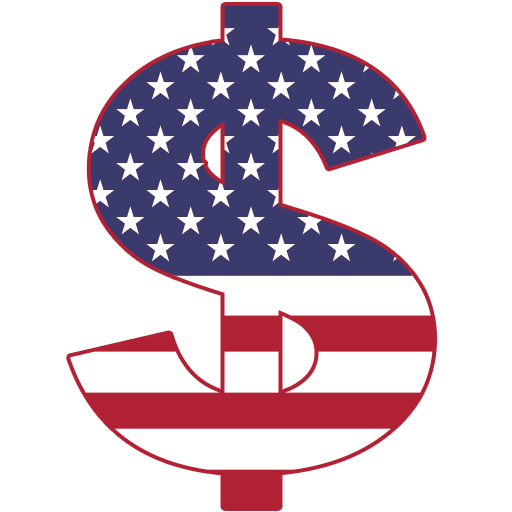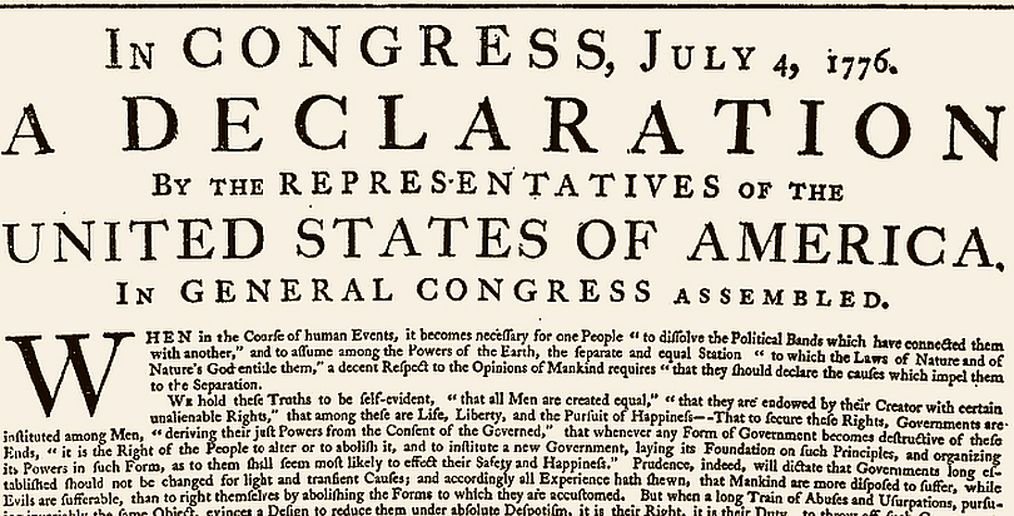| 1. Everyone Must Follow the Law | 3. Government Must Obey the Law |
| 2. Leaders Must Obey the Law | 4. No One Is Above the Law |

For More Info Click here
Home » Independence
The Declaration of Independence, formally titled The unanimous Declaration of the thirteen united States of America (in the engrossed version but not the original printing), is the founding document of the United States. On July 4, 1776, it was adopted unanimously by the 56 delegates to the Second Continental Congress, who had convened at the Pennsylvania State House, later renamed Independence Hall, in the colonial era capital of Philadelphia. The declaration explains to the world why the Thirteen Colonies regarded themselves as independent sovereign states no longer subject to British colonial rule.
The 56 delegates who signed the Declaration of Independence came to be known as the nation’s Founding Fathers, and the Declaration has become one of the most circulated, reprinted, and influential documents in world history.
The Second Continental Congress charged the Committee of Five, including John Adams, Benjamin Franklin, Thomas Jefferson, Robert R. Livingston, and Roger Sherman, with authoring the Declaration. Adams, a leading proponent of independence, persuaded the Committee of Five to charge Jefferson with writing the document’s original draft, which the Second Continental Congress then edited. Jefferson largely wrote the Declaration in isolation between June 11 and June 28, 1776, from the second floor of a three-story home he was renting at 700 Market Street in Philadelphia.
The Declaration was a formal explanation of why the Continental Congress voted to declare American independence from the Kingdom of Great Britain, a year after the American Revolutionary War began in April 1775. Two days prior to the Declaration’s unanimous adoption, the Second Continental Congress unanimously passed the Lee Resolution, which established the consensus of the Congress that the British had no governing authority over the Thirteen Colonies.
After ratifying the text on July 4, Congress issued the Declaration of Independence in several forms. It was published as the printed Dunlap broadside that was widely distributed. The Declaration was first read to the public simultaneously at noon on July 8, 1776, in three exclusively designated locations: Easton, Pennsylvania; Philadelphia; and Trenton, New Jersey.
What Jefferson called his “original Rough draft”, one of several revisions, is currently preserved at the Library of Congress in Washington, D.C., complete with changes made by Adams and Benjamin Franklin, and Jefferson’s notes of changes made by Congress. The best-known version of the Declaration is the signed copy now displayed at the National Archives in Washington, D.C., which is popularly regarded as the official document; this copy, engrossed by Timothy Matlack, was ordered by Congress on July 19 and signed primarily on August 2, 1776.
The Declaration justified the independence of the United States by listing 27 colonial grievances against King George III and by asserting certain natural and legal rights, including a right of revolution. Its original purpose was to announce independence, and references to the text of the declaration were few in the following years. On November 19, 1863, following the Battle of Gettysburg, the bloodiest battle of the American Civil War, Abraham Lincoln made the Declaration the centerpiece of his Gettysburg Address, a brief but powerful and enduring 271-word statement dedicating what is now Gettysburg National Cemetery.
The Declaration of Independence has proven an influential and globally impactful statement on human rights, particularly its second sentence: “We hold these truths to be self-evident, that all men are created equal, that they are endowed by their Creator with certain unalienable Rights, that among these are Life, Liberty and the pursuit of Happiness.” Stephen Lucas called the Declaration of Independence “one of the best-known sentences in the English language.” Historian Joseph Ellis has written that the document contains “the most potent and consequential words in American history”. The passage came to represent a moral standard to which the United States should strive. This view was notably promoted by Lincoln, who considered the Declaration to be the foundation of his political philosophy and argued that it is a statement of principles through which the United States Constitution should be interpreted.
The 56 delegates who signed the declaration represented each of the Thirteen Colonies: New Hampshire, Massachusetts Bay, Rhode Island and Providence Plantations, Connecticut, New York, New Jersey, Pennsylvania, Maryland, Delaware, Virginia, North Carolina, South Carolina, and Georgia.
The Declaration of Independence inspired many similar documents in other countries, the first being the 1789 Declaration of United Belgian States issued during the Brabant Revolution in the Austrian Netherlands. It also served as the primary model for numerous declarations of independence in Europe, Latin America, Africa, and Oceania following its adoption.





At Save The USA, we believe that understanding our history is key to shaping a better future. By referring to the United States Declaration of Independence, you’ll gain invaluable insights into the fundamental rights and liberties that every individual deserves.
Together, we can create a brighter future for all. Volunteer today and be part of the movement to save the USA.
© 2024 Save The USA